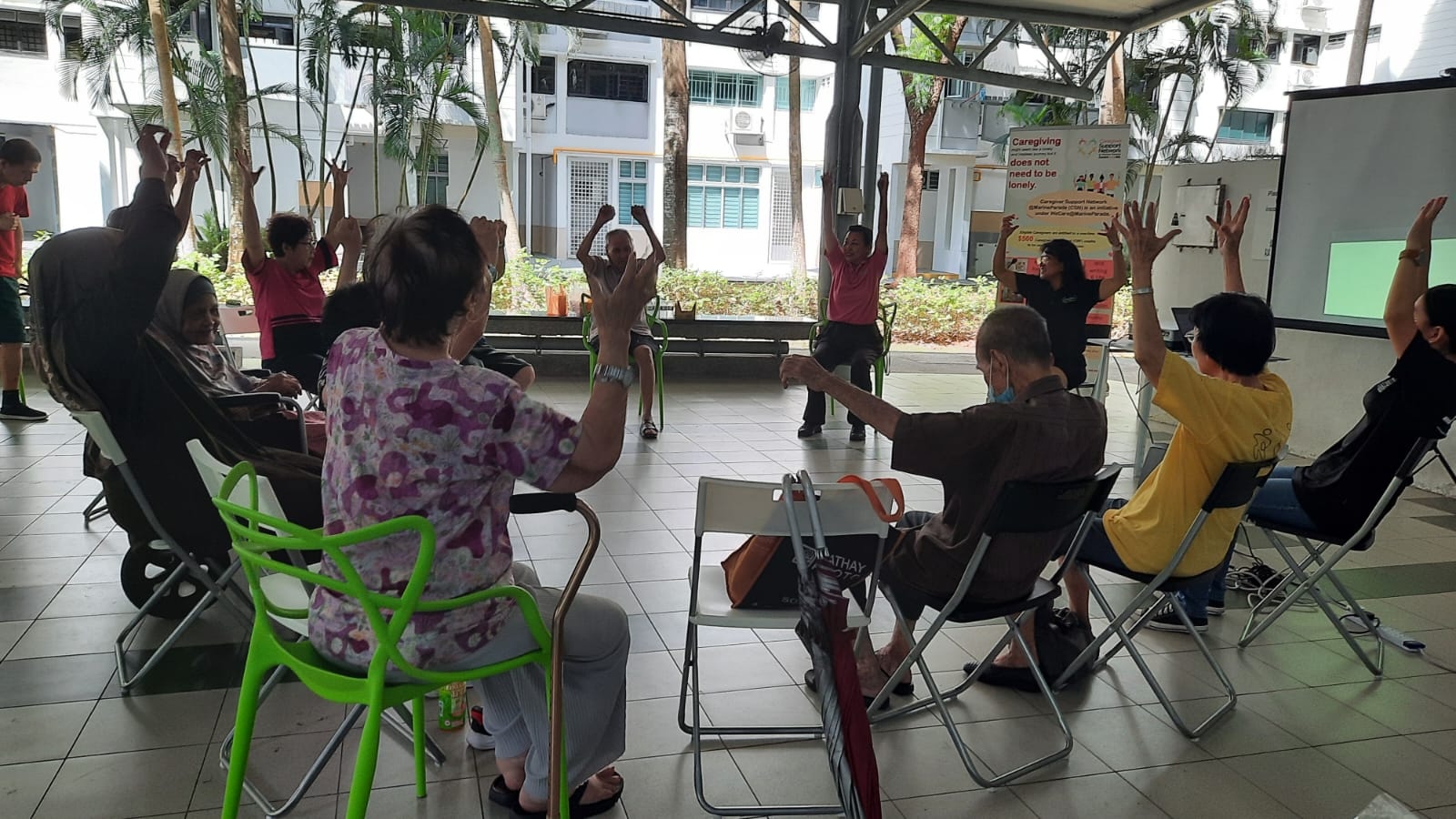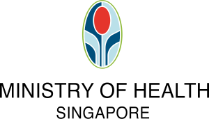Unexpected lifeline: Caregiver finds help in paying $9k hospital bill

Published on
28 Aug 2024
Published by
The Straits Times
How Singapore’s healthcare financing schemes work together to keep healthcare costs manageable
Her heart dropped when she picked up the call.
It was from the nursing home, calling to inform Ms Vivien Tan, 59, that her mother had fallen and fractured her hip.
“The doctor said she will never walk again,” recalls Ms Tan, a remittance clerk. One of three daughters, she is the primary caregiver of her 92-year-old mother.
Last September was the second time her mother had fallen in two years, leading to a 10-day hospital stay in a subsidised C class ward.
Then the bill from Ng Teng Fong General Hospital arrived. It was about $9,200. “When I saw the (total amount), I nearly died,” said the divorcee, who does not have private insurance or significant savings.
Ms Tan, a housewife for many years, had left the family finances to her ex-husband, who had initially bought insurance policies but eventually closed them due to financial strain. She has three sons aged between 22 and 32.
But a closer look at the bill brought unexpected relief.
The bulk of it was covered by subsidies, MediShield Life, the national insurance scheme that provides basic protection against large medical bills, and her mum’s MediSave.
MediSave is the national savings scheme that helps Singaporeans set aside part of their income during their working years to cover their healthcare needs.
In the end, Ms Tan paid only $60 out of pocket.
“I didn’t even know that MediShield Life covered this,” says Ms Tan. “It was a very pleasant surprise.”
Help with healthcare costs
Like all Singaporeans, Ms Tan and her family benefit from Singapore’s healthcare financing framework – S+3Ms, which stands for subsidies, MediShield Life, MediSave and MediFund (see box).
Singapore citizens and permanent residents receive up to 80 per cent subsidies at public hospitals. Patients can also tap MediShield Life and MediSave to pay for their share of the bill.
Around eight in 10 Singaporeans pay about $100 or less in cash for their subsidised bills at public hospitals with this framework in place, says Ms Lydia Loh, group director of the Healthcare Finance Group, Ministry of Health (MOH).
Medical social workers like Ms Cecilia Loo of Singapore General Hospital play a critical role in helping patients with financial difficulties get aid for their medical treatment.
Ms Loo, 45, provides advice on financial assistance options and facilitates communication between patients and the medical team. She also guides patients through the process of applying for such schemes.
“When patients come to us, they often want to seek financial assistance for medical expenses as they are worried about affordability,” says Ms Loo. These patients are often relieved to know “there are discretionary financial assistance schemes available should they need help”.
Those who have difficulties paying for medical treatment can turn to MediFund for additional financial aid. There is also targeted assistance for the elderly and children through MediFund Silver and Junior respectively.
“We will continually review S+3Ms to make sure that healthcare remains affordable to patients,” says MOH’s Ms Loh.
Changing landscape
Ensuring healthcare affordability is crucial as Singapore’s healthcare spending rises.
Already, healthcare expenditure has increased from $10.2 billion in financial year (FY) 2017 to about $17.9 billion in FY2023, according to the Finance Ministry.
With advancements in medical technology and inflation, healthcare bills are likely to increase over time, explains Ms Loh. “And as one ages, one is more likely to fall ill and rely more on healthcare services.”
She shares that MOH has a strategy to address rising healthcare costs: Moderating the growth of healthcare utilisation through initiatives like Healthier SG, which focuses on preventive care, and managing treatment cost increases.
For the latter, Ms Loh cites the example of surgical implants. Last December, MOH introduced an Implant Subsidy List that includes only treatments that are deemed to be clinically proven and cost-effective.
With the new list, implants are no longer automatically eligible for subsidy. “This facilitates negotiations with implant manufacturers for more competitive prices, which in turn improves affordability for patients,” Ms Loh adds.
But MOH cannot tackle this challenge alone, she emphasises.
“To keep costs manageable, everyone needs to play their part,” says Ms Loh. She points to the need for appropriate care and reasonable charges from providers, as well as individuals taking care of their health and “consuming healthcare (resources) only when necessary”.
“We will continue to refine our strategies and engage with different stakeholders on these issues,” she adds.
Source: The Straits Times © SPH Media Limited. Reproduced with permission.
ALL views, content, information and/or materials expressed / presented by any third party apart from Council For Third Age, belong strictly to such third party. Any such third party views, content, information and/or materials provided herein are for convenience and/or general information purposes only. Council For Third Age shall not be responsible nor liable for any injury, loss or damage whatsoever arising directly or indirectly howsoever in connection with or as a result of any person accessing or acting on any such views, content, information and/or materials. Such third party views, content, information and/or materials do not imply and shall not be construed as a representation, warranty, endorsement and/or verification by Council For Third Age in respect of such views, content, information and/or materials.







